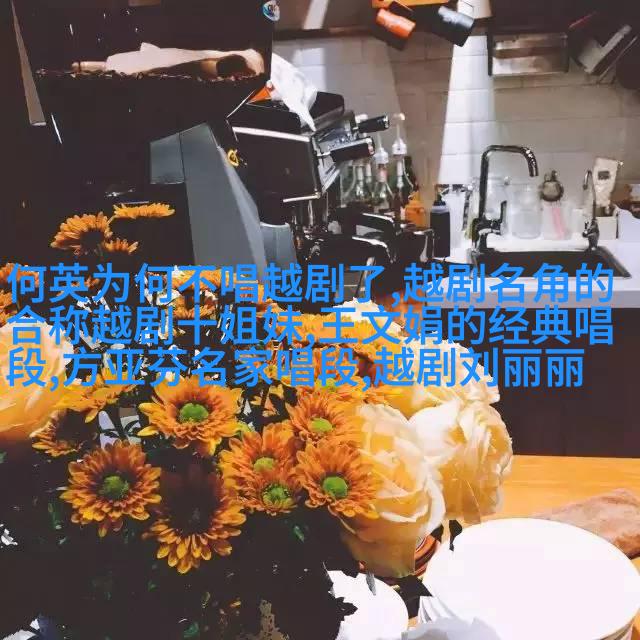哭戏的历史与传统

曲剧,源自清代末年至民国初年的京剧,它不仅在舞台上展现了精湛的武术和丰富的情感,还有着独特的哭戏艺术。哭戏是曲剧中的一大特色,以其深沉的情感和细腻的表现力赢得了观众的心。从古代到现代,曲剧中的哭戏一直承载着人们对生命、爱情和悲痛等主题深刻反思。
哭戏演员的训练与准备

要成为一名优秀的曲剧哭戏演员,不仅需要具备出色的技艺,还要通过长期而艰苦的修炼来培养自己的内心世界。在日常生活中,他们会通过阅读文学作品、观察社会生活以及亲身体验人生挑战来丰富自己的情感经验。而在专业训练中,他们还需学习各种模仿技巧,如表情变化、肢体语言以及声音控制,以便更真实地表达角色内心的情感波动。
cry of sorrow vs cry of joy

在曲剧中,不同的情绪被用不同的方式呈现。悲伤或哀求的声音通常低沉而哀嚎,而喜悦或激动的声音则高昂而欢快。这两种不同类型的人声交织在一起,营造出一种既忧郁又充满希望的人生画卷。这些微妙的情绪转换让人感到无比共鸣,并引发强烈的情感反应。
** cried tears in the audience's eyes**

作为观众,我们可以看到那些真正把自己投入到角色中的演员,那些看似自然流淌却又精确掌控的手势,那些能够瞬间触动我们内心深处最脆弱部分的声音。那份似乎真实发生于眼前的事情,让我们仿佛置身于故事之中,与主角同频共振,这正是高水平曲剧cry所能达到的效果。
The art of crying on stage

不过 cries are not just about vocal expression; they also involve physical acting and facial expressions, which make the performance more convincing and moving to audiences. Actors may use various techniques such as using props, body language, or even improvisation to enhance their emotional impact on stage.
Legacy and future development of cry in Peking Opera
Although traditional forms of Peking Opera are still cherished today, it is undeniable that modern technology has impacted the way we experience live performances including those with crying actors on stage. The rise of digital media has allowed for new ways to present these stories, reaching a wider audience while maintaining their cultural significance.
Conclusion: Cry out for Artistic Expression
In conclusion, the art form known as "cry" within Peking Opera is an integral part that showcases human emotions at its rawest state – both happy and sad moments intertwined beautifully through music & dance & vocals (and now maybe some tech). It requires immense skill from performers who can masterfully convey feelings without ever saying a word (or hardly ever).


